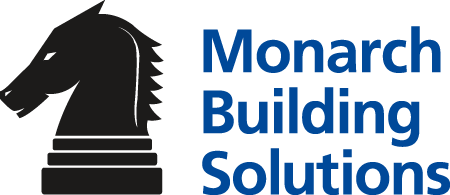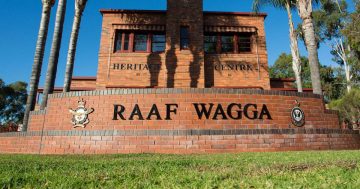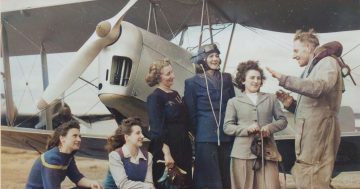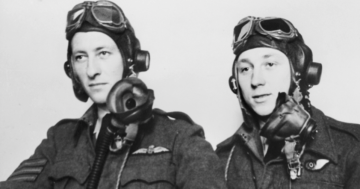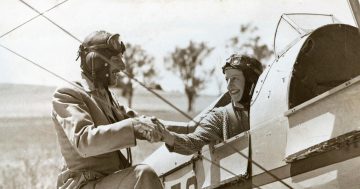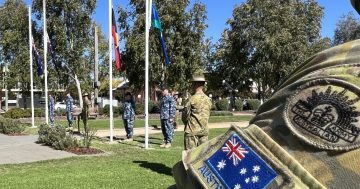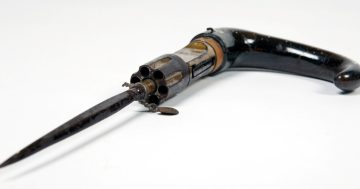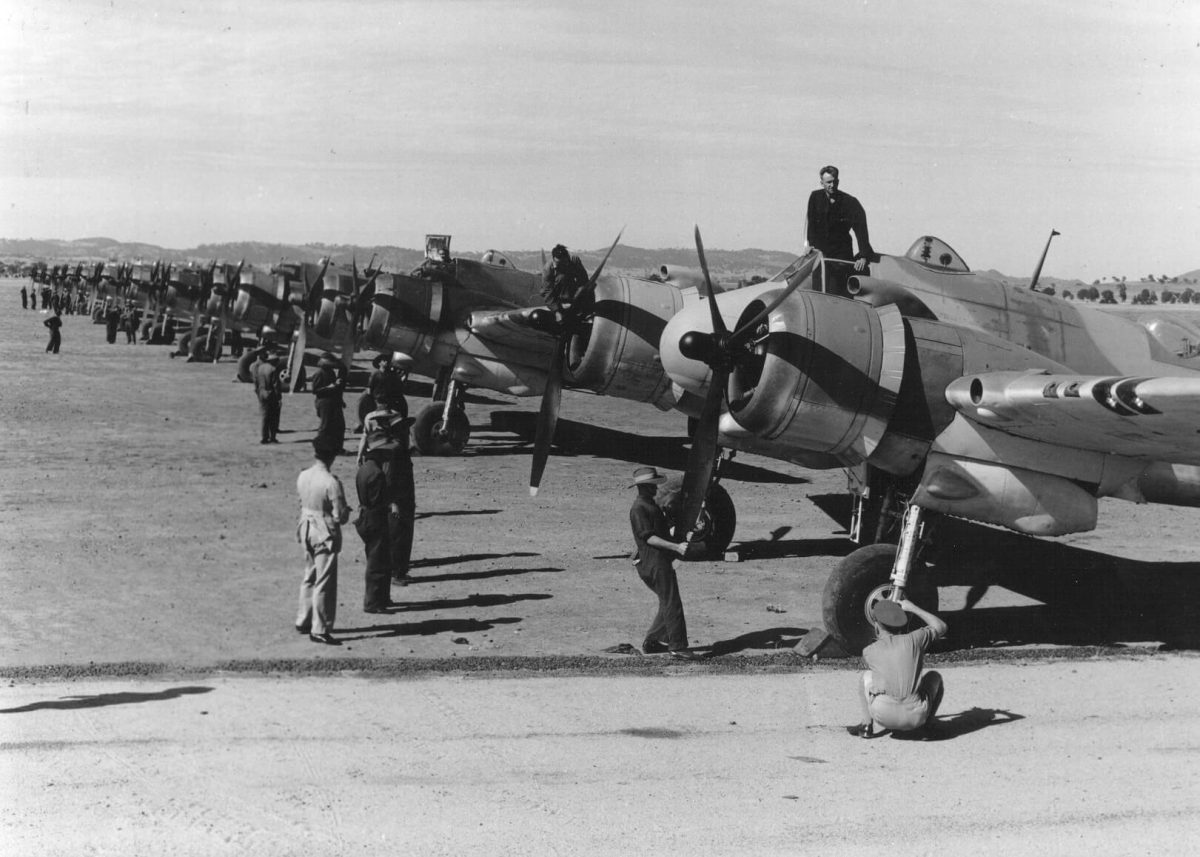
Beaufighters at Wagga’s Spring Hill Base in 1942. Photo: RAAF.
On the weekend that Wagga has celebrated its proud legacy as a base for the Royal Australian Air Force, we are winding back the clock to 1940 when the RAAF soared into town.
On Saturday, hundreds of current personnel exercised their symbolic ‘Freedom of Entry to the City of Wagga Wagga’ with a march down Baylis Street and the obligatory flyover to mark 85 years since the establishment of RAAF Station Forest Hill, known today as RAAF Base Wagga, Yalbiligi Ngurang.
The base opened on 1 July 1940 against the backdrop of a second global war, although work had been underway since 1939 as Australia sought to expand its facilities to support aerial defence and training.
It had been agreed the new flying school should be based in southeastern Australia within reach of Melbourne, Sydney and Canberra and in May of 1939, prime minister Robert Menzies announced Forest Hill had been selected to become the site of the RAAF’s No 2 Flying Training School.
A 120-hectare portion of the Allonville farm was selected as an ideal location due to its suitable climate, abundance of cleared land and nearby infrastructure including major roads and railway.
It would also form part of the Empire Air Flying Training Scheme and connect with other temporary Riverina facilities at Temora, Cootamundra, Uranquinty, Deniliquin and Narrandera.
The Forest Hill Base was expected to be a permanent facility including formidable brick buildings alongside wooden wartime structures and Wagga’s Municipal Council had been quick to invest in the supporting infrastructure that would be required.
However, not everyone was convinced the base would remain after the war and there was a lively debate in the Council Chambers in February 1940 when a leading local citizen suggested that it was “only temporary”.
According to the Daily Advertiser, Wagga Base Hospital chairman, Mr O. A. F. Robinson, had questioned the city’s investment and the procurement of a £75,000 loan to build Air Force housing.
“I have seen the plans, which are for works of a distinctive permanency,” shot back mayor Henry Gissing as he insisted that municipal support for the Forest Hill site would be money well spent towards the future of the city.
Four months after the prime minister’s announcement of the new flying school, Australia would officially follow Britain in declaring war on Germany in September 1939.
During the war, the base hosted numerous training squadrons, including fighter and bomber units, which were crucial for preparing Australian aircrew for wartime service. By 1944 the unit had grown to include 59 officers, 1687 airman and 227 airwomen.
Other well known Wagga buildings were drawn into wartime service including the Riverine Club, which served as an officers mess, and Romano’s Hotel.
Known then as Bellair’s Commercial Hotel, this iconic three-storey building opposite the courthouse became the headquarters of No 2 Training Group from late 1941. The RAAF’s tenure ended with a massive fire in November 1944 which engulfed the top floor and saw airmen escaping down the fire brigade ladder.
In January 1946, six months after the War in the Pacific had ended, it was confirmed the Forest Hill base would indeed become a permanent station of around 1000 personnel, replacing Victoria’s Ascot Vale facility.
Eighty-five years on from its establishment, RAAF Base Wagga is the only Riverina facility still in operation and even some of the ‘temporary’ wooden buildings survive from the 1940s.
Known today as the ‘Home of the Airman’, RAAF Base Wagga serves around 1600 Australian Defence Force, civilian and contracted personnel and delivers training for the Air Force, Army and Navy.





